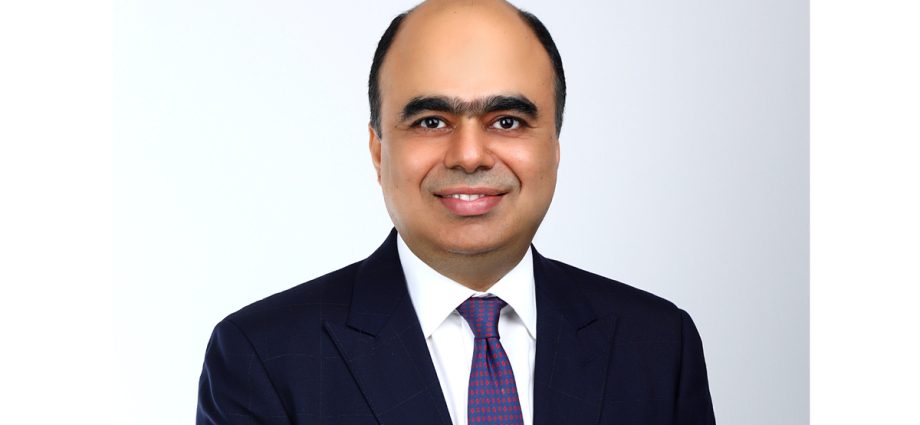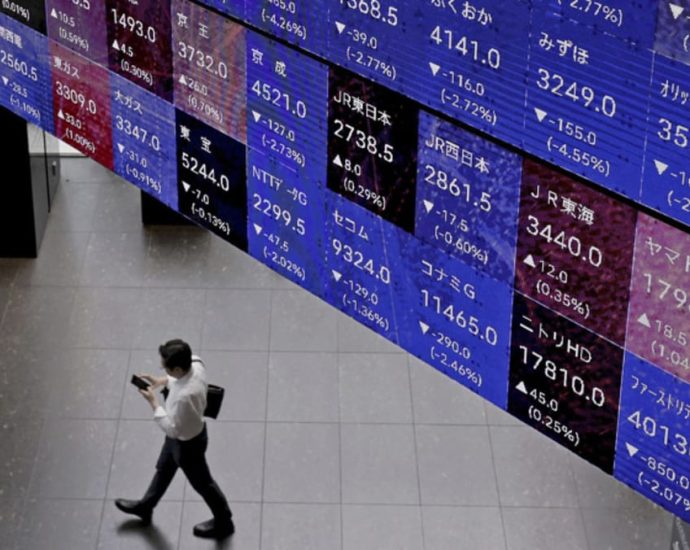Deutsche Bank appoints private banking market head for Singapore | FinanceAsia

Puneesh Nayar, managing director, is joining Deutsche Bank (DB) as market head in Singapore in its private bank, effective August 12. The branch sits within DB’s global South Asia. private bank division.
The Global South Asia business serves non-resident Indian (NRI) clients, and other clients from the sub-continent, from Singapore, Hong Kong, Dubai, Geneva and London.
Nayar (pictured) has over 20 years of industry experience, most recently at Julius Baer where he was a senior team head for global India since 2016. Prior to that, he was the head of non-resident Indians Southeast Asia (SEA) and Middle East at BSI Bank, also in Singapore. Nayar also previously held roles at Coutts Bank and HSBC.
In another move in the same private banking division, in March, Nick Malik rejoined DB as market head, ased in Dubai. Malik returned to DB this year from Credit Suisse. He was previously group head with DB for six years until 2022, and before that with Standard Chartered Private Bank in Singapore and Dubai. Prior to that, he was a senior advisor at Coutts’ in Singapore and the United Kingdom.
Both Nayar and Malik will report to Rajesh Mahadevan, DB’s head of Global South Asia & Africa, private bank emerging markets.
Mahadevan commented in a media release: “Our Global South Asia & Africa business is a market leader in this segment and a strong business pillar within our emerging markets franchise. DB’s global connectivity, balance sheet strength, combined with our corporate bank and investment bank offering gives our clients access to bespoke lending, banking and capital market solutions.”
Mahadevan added: “Puneesh and Nick’s breadth of experience and deep understanding of this client segment will further cement our market position as we broaden client coverage across core markets in Asia and the Middle East.”
For more FinanceAsia people moves click here.
¬ Haymarket Media Limited. All rights reserved.













